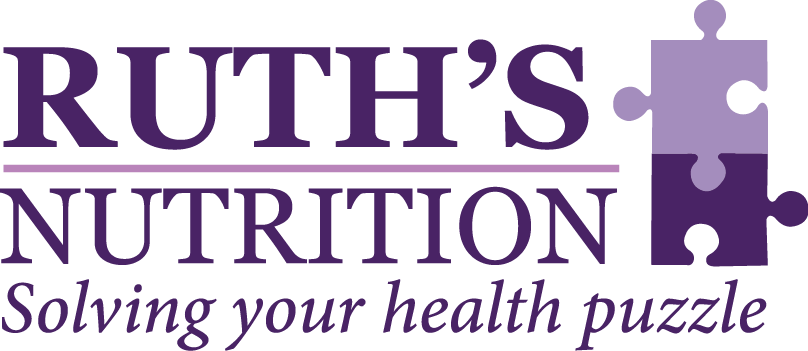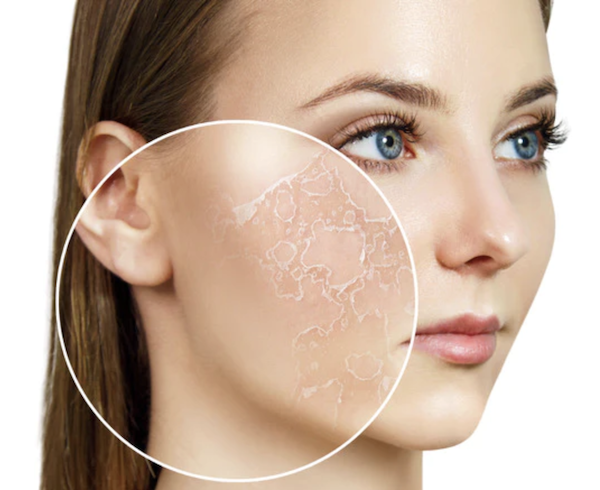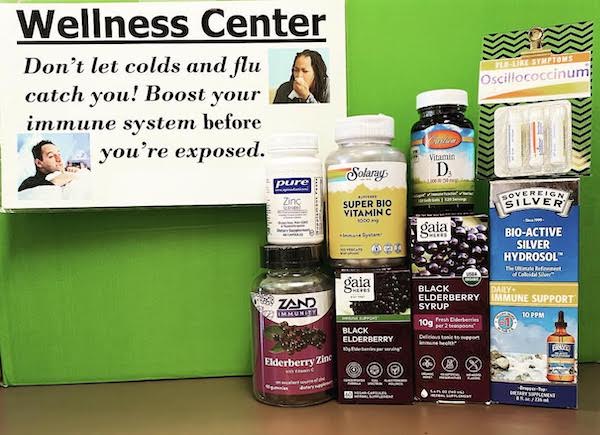Neuroinflammation is Not Uncommon
By Sue Cummings
I just got back from the Medicines from the Earth conference in Black Mountain, N.C., and there was one presentation I especially want to share. Walter Crinnion, N.D. and a well-known expert in environmental medicine, presented a two-part talk on neuroinflammation. I had no idea how many of us had brains on fire!
According to Crinnion, brain inflammation is associated with chronic pain (any location on the body), cognitive decline, mood disorders, ADHD, autism, bi-polarity, MS, ALS, Alzheimer’s, Parkinson’s, seizures and the period following a stroke. Causes of brain inflammation are broad: elevated blood sugar, stress (traumatic brain injury, PTSD), environmental toxins, and sadly endotoxicity. That’s a state where toxins are produced by bacteria, bacteria that tend to proliferate when we eat the Standard American Diet (SAD) or have fatty liver disease.
Endotoxicity increases inflammation all over the body and is associated with increased gut permeability (leaky gut), obesity, type 2 diabetes, fatty liver, cardiovascular disease and a reduction in glutathione. The latter is extremely important because glutathione is the body’s major antioxidant. Low levels of glutathione are associated with almost all diseases, everything from allergies, autoimmune disease, to Alzheimer’s. Learn more.
Other substances also lower glutathione: alcohol, toluene & benzene (outgassing memory foam mattresses), mercury (fish), lead (old paint, lipstick!), phalates (skin care products, vinyl floors, plastics), mycotoxins (mold) and pesticides (non-organic food). (Phalates are also associated with obesity. Crinnion said the higher the body’s phalate level, the larger the belt size!)
When it comes to environmental toxins documented to cause neuroinflammation, there are many. The list includes urban air pollution, organophosphate pesticides, chlorinated pesticides (dieldrin), mercury, lead, solvents (including alcohol), formaldehyde, cigarette smoke, PCBs and bisphenol A (BPA). In other words, everyone is exposed from multiple sources.
What can we do to protect ourselves?
First, avoid the above bad guys.
For non-farm workers, the largest source of pesticide exposure usually is food. Not everyone can afford to eat all organic, but at least try to avoid the most highly sprayed foods. The Environmental Working Group publishes a yearly guide to the Dirty Dozen and the Clean 15, the foods most and least pesticide laden.
PCBs are found mostly in farmed salmon (buy only wild Alaskan salmon) and sardines. (Crinnion said he suspected anchovies and herring were high in PCBs as well, but he has found no tests to verify that so far.)
Our biggest source of mercury also is from fish. Natural Resources Defense Council publishes a guide to the most mercury laden fish. Avoid the moderate to high categories that include tuna, orange roughy and grouper.
BPA is found in plastics and our most commonly ingested source is canned goods, because the cans contain a plastic liner. Crinnion said the most BPA is found in canned soups and acidic foods, like tomatoes. Avoid canned food in general, but definitely eliminate those.
Solvents are found in alcohol, of course, but also in some microwave safe dishes and plastic wrapped foods.
To avoid air pollutants, Crinnion recommended everyone get a HEPA air filter, at least for the bedroom. Toxins adhere to dust and since we spend more hours in the bedroom sleeping than the rest of the house, a filter in that room is a priority.
Formaldehyde often is in new building materials, so an outgassing period is recommended. But I was surprised to learn that it is often found in facial creams. Not only that, but personal care products can be sources of lead (red lipstick) and solvents (acrylic nails, nail polish and remover). And, of course, phalates, which were mentioned earlier. (It pays to buy clean skin care products like Derma-e or Aubrey lotions and Gabriel Cosmetics!)
How Else Can We Reduce Neuroinflammation?
In addition to avoiding the bad guys, we need to take actions that are documented to reduce neuroinflammation:
• Follow a Mediterranean Diet — high in anti-inflammatory vegetables, olive oil and fish oil. Learn more.
• Eat more polyphenols — found in red, blue, purple foods, such as elderberrys, blueberrys, cherries (get organic), strawberries (get organic), blackberries, dark chocolate, black tea, green tea, red wine, etc.
• Eat more carotenoids – beta-carotene, lutein, zeaxanthin, lycopene, astaxanthin. Found in yellow, orange and red foods.
• Ingest probiotics – these improve both brain and intestinal inflammation.
• Take botanical medicines – Licorice, ginseng and ginkgo all have studies reducing neuroinflammation.
• Move more & just be — exercise, yoga and meditation all have studies reducing neuroinflammation.
Wow! After being totally bummed thinking about how much toxic exposure we all get every day and all the damage toxins can do, I walked out of Crinnion’s final lecture heartened that there are so many easy things we can incorporate into our lifestyles to improve our health. I hope you’re encouraged, too!





